Nestled deep in the core of Pu Luong National Nature Reserve in Thanh Hoa province, Bat Cave (Hang Doi) in Kho Muong village is emerging as a hidden gem, often likened to Phong Nha Cave for its spectacular karst formations and untouched allure.
Kho Muong village lies about 83 miles (133km) from Thanh Hoa city center, nestled in the Hua Muong Valley and surrounded by ancient forests along the Pu Luong mountain range. Its climate remains cool and fresh year-round. Though the road to the village is now paved, it still offers enough challenge to give visitors a deep appreciation for the area’s raw beauty.
Visitors are immersed in untouched nature and rich Thai ethnic culture. Traditional stilt houses, with wooden structures and palm-thatched roofs, remain intact and preserved.
A highlight of any visit is Bat Cave, also called Hang Kho Muong. This awe-inspiring cave, formed from karst limestone, mirrors the grandeur of Vietnam’s Phong Nha – Ke Bang caves. Hidden within the mountains, its entrance is over 10 meters high, revealing a cool, dim, and mystical space. The cave’s expansive chambers can hold hundreds of people at once.
Venturing deeper, the space opens to a section locals call the “grand room”, a naturally flat stone platform about 30 meters long that resembles a subterranean stage. The cave showcases lotus-shaped stalactites, stone waterfalls, and dome-like formations. Deep inside, bats flutter through the shadows, their wings audible in the still air.
The cave’s inner sanctum is home to several bat colonies that hang from damp ceilings and venture out at dusk, gliding over the rice paddies in search of food. Vegetation grows over some formations, giving a living green tint to the rock.
Local guide Lo Van Nam describes Bat Cave as “an ancient, mysterious, and peaceful world.” Tourists are often astonished by its serenity and grandeur. According to him, the cave’s untouched state especially appeals to foreign eco-tourists seeking authentic experiences.
In 2020, Thanh Hoa’s People’s Committee approved a community tourism model for Kho Muong village as part of a strategy to promote sustainable tourism development in the region.
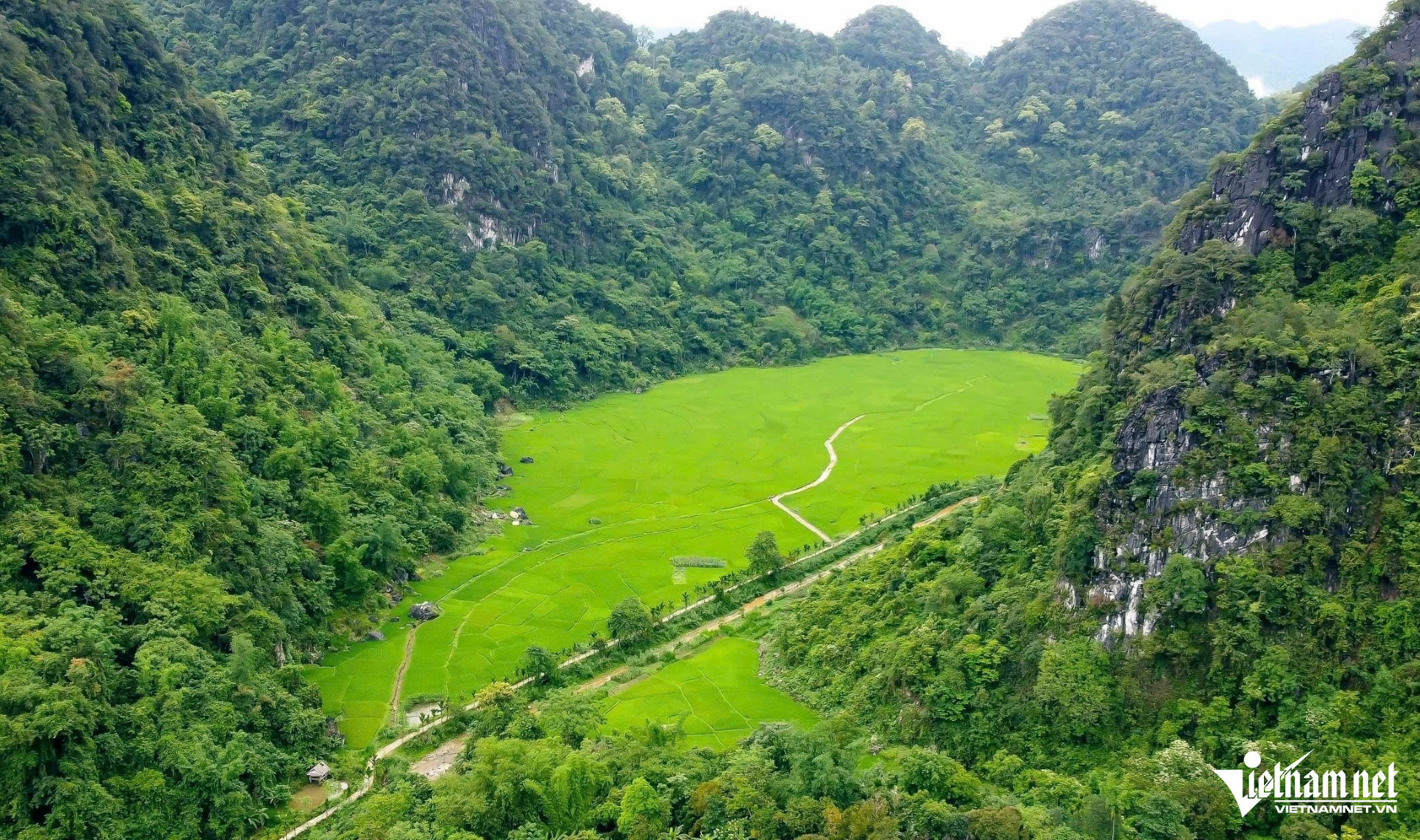
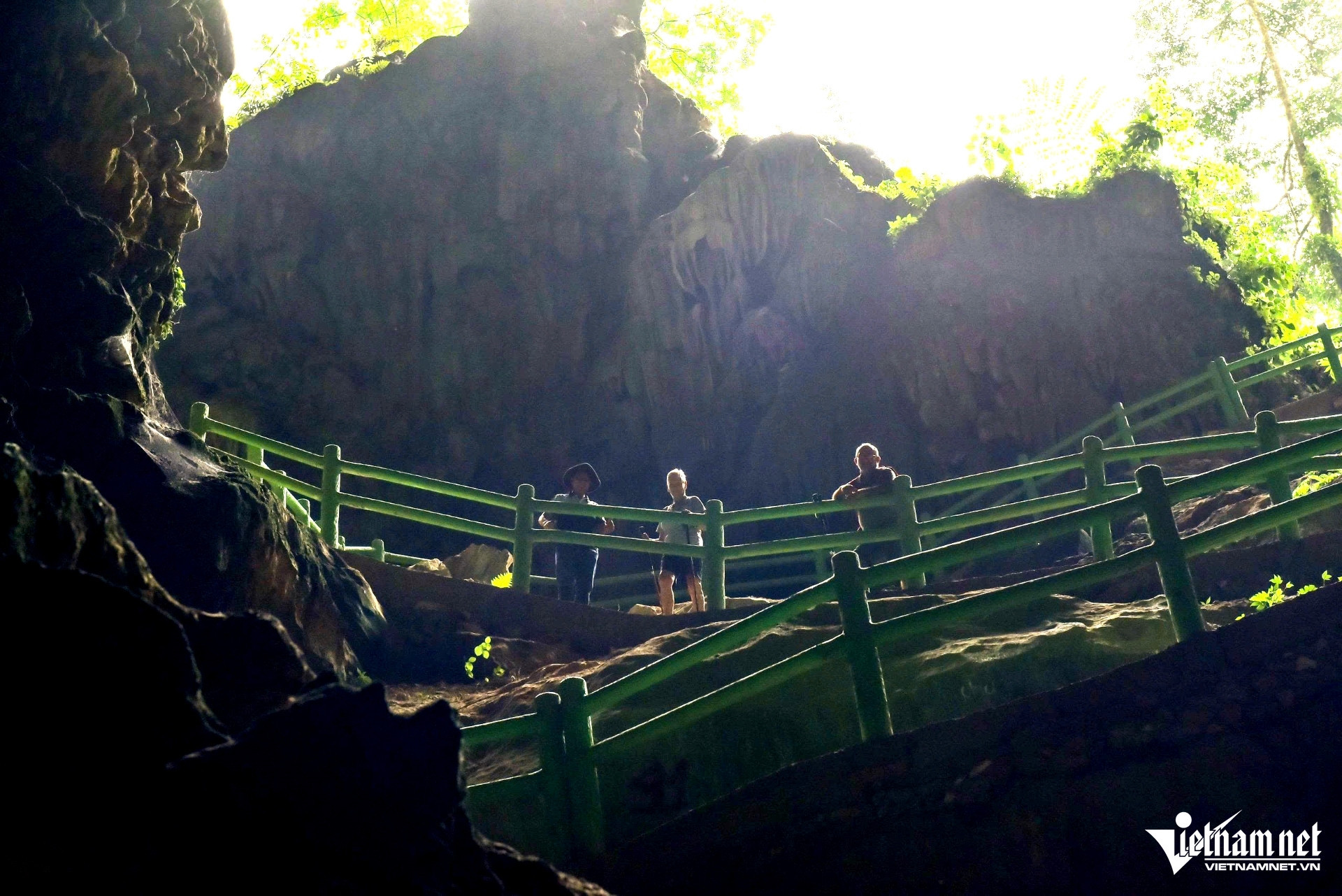
Entrance to the cave offers a path into Thanh Hoa’s natural wonder. Photo: Le Duong
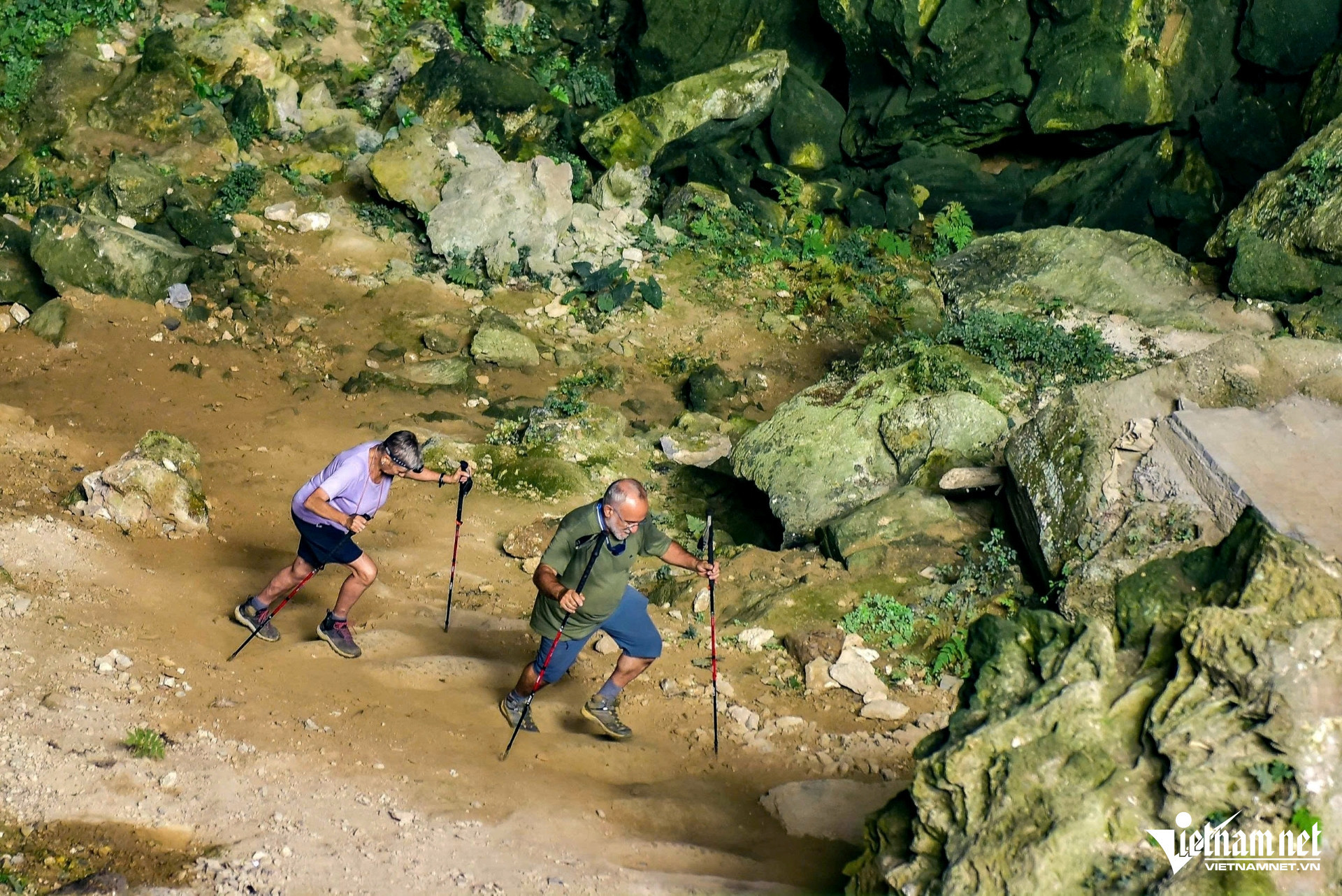
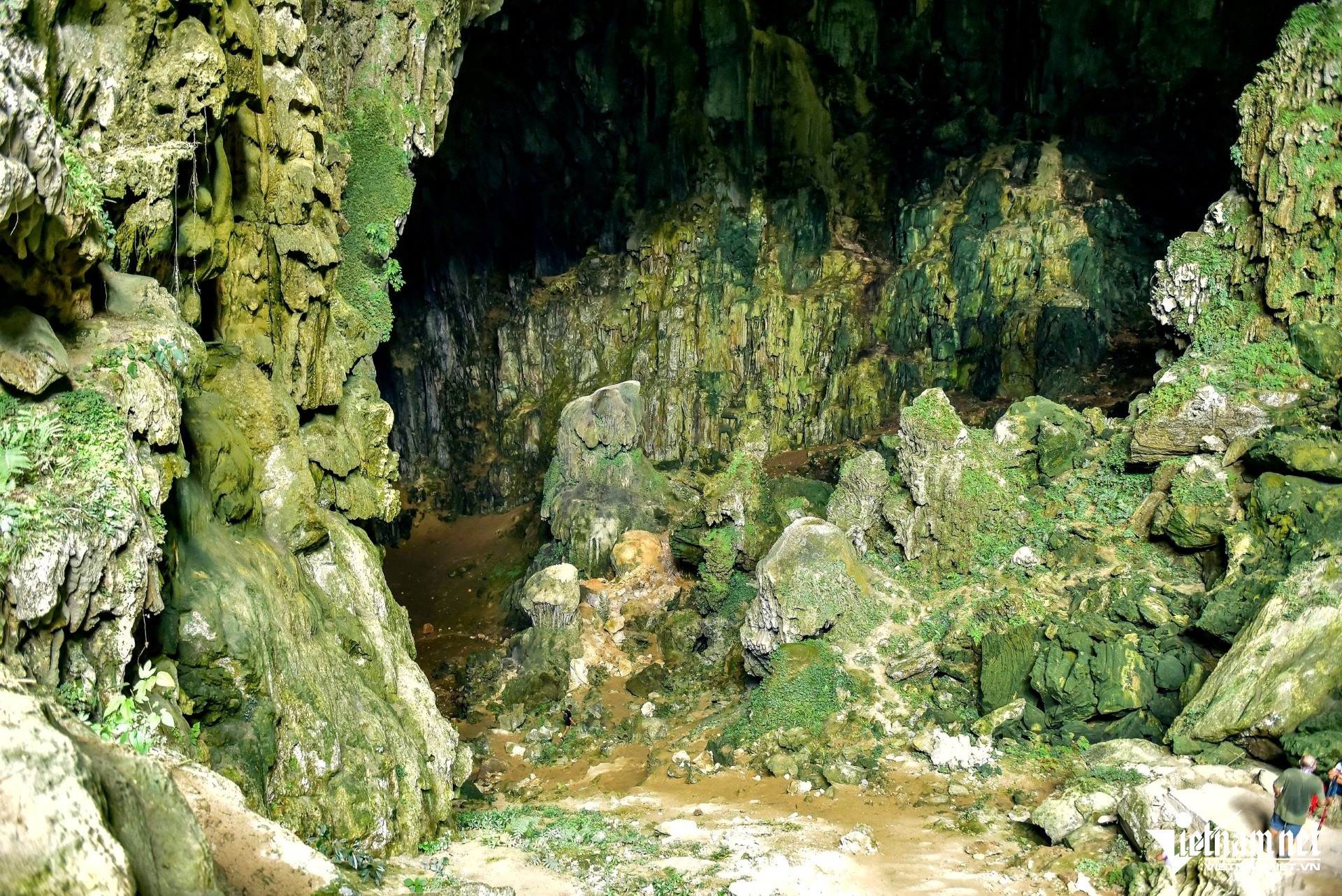
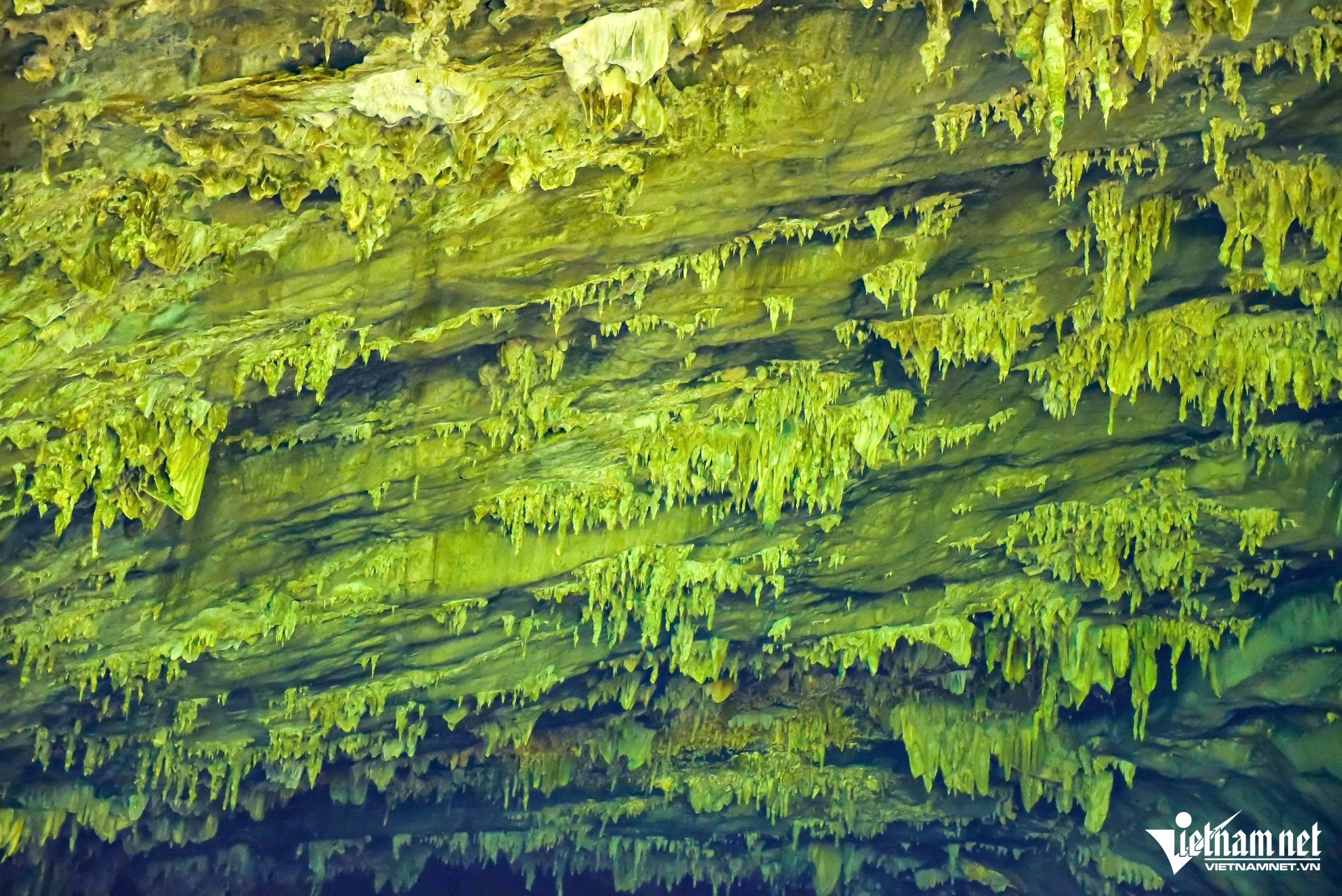
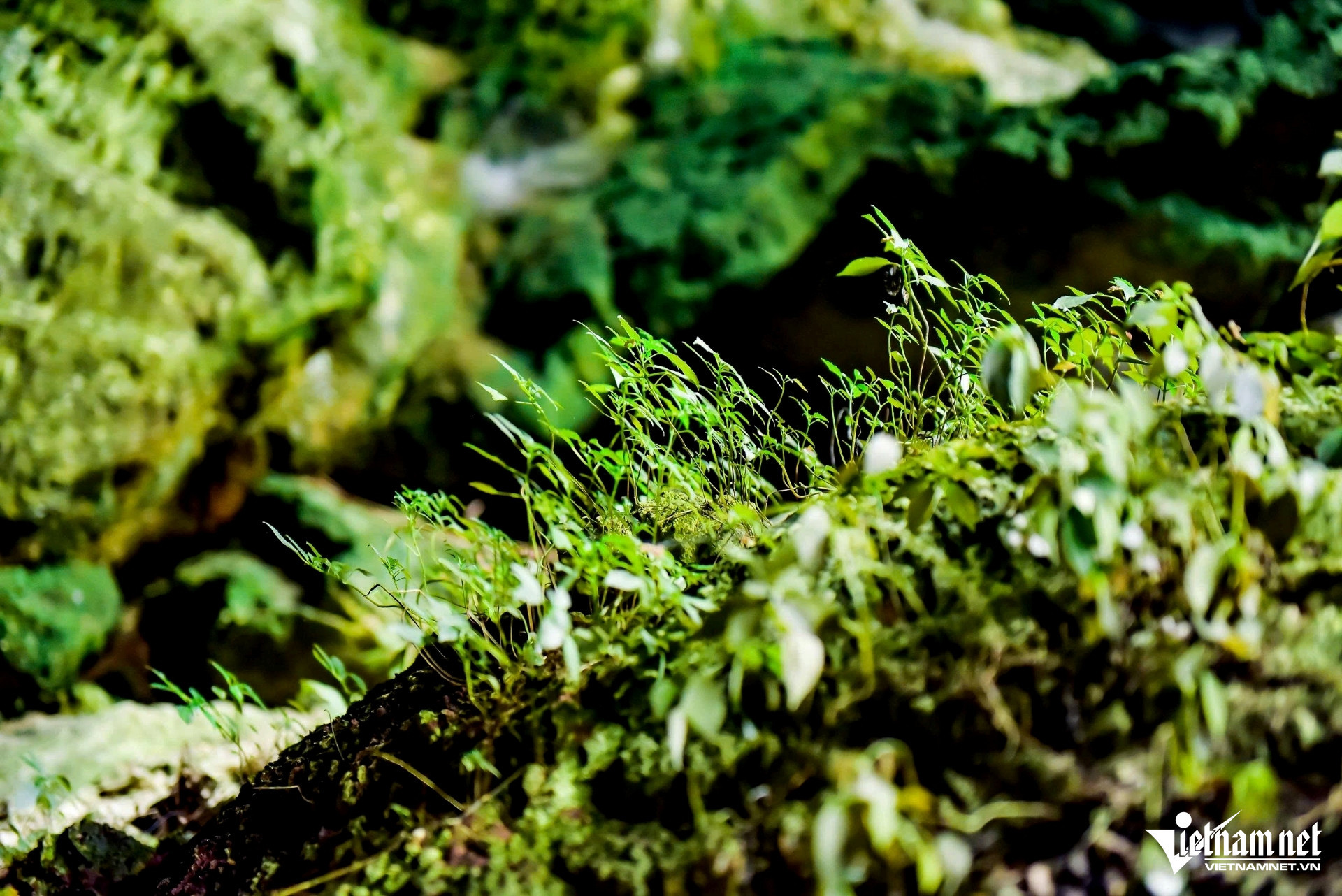
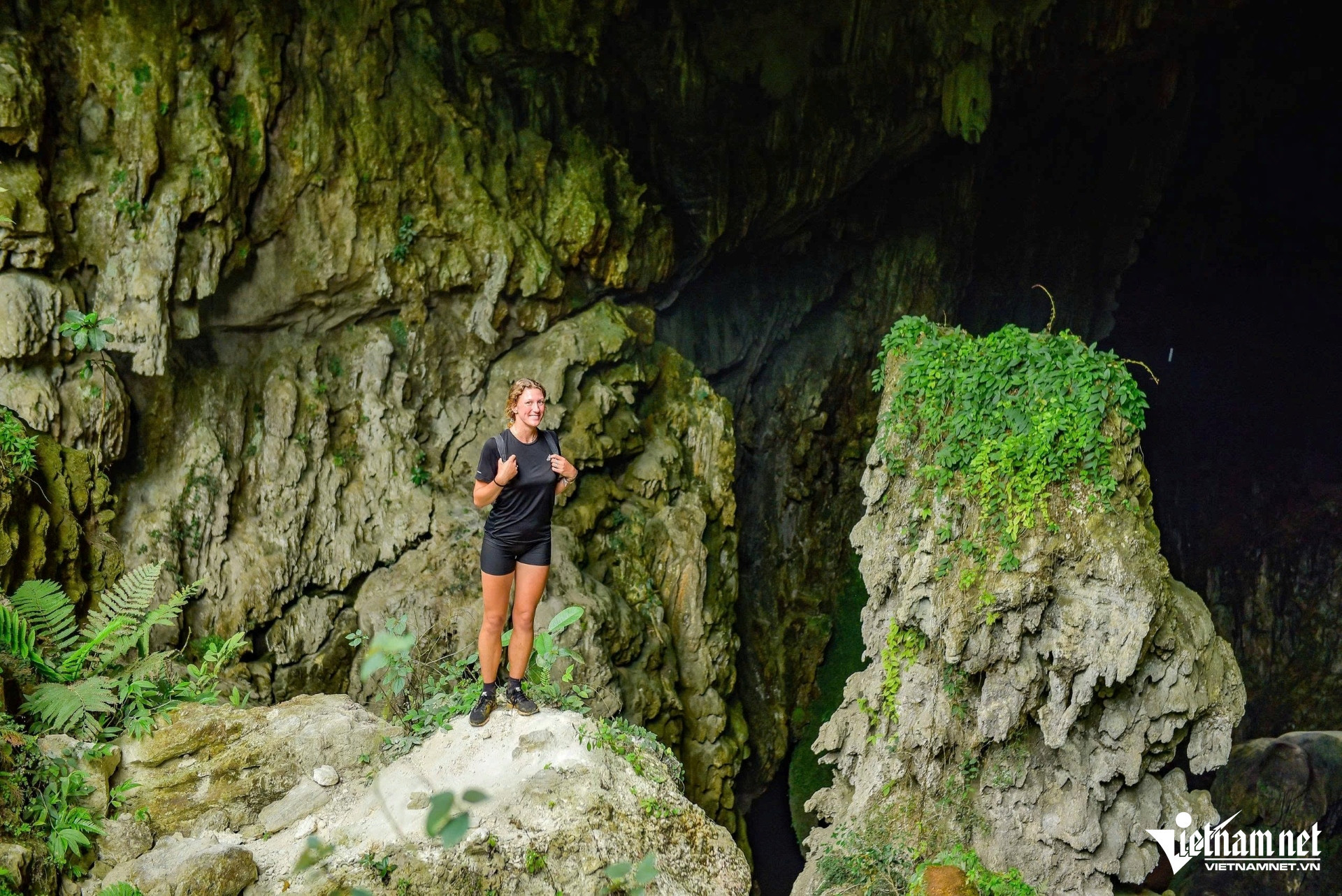
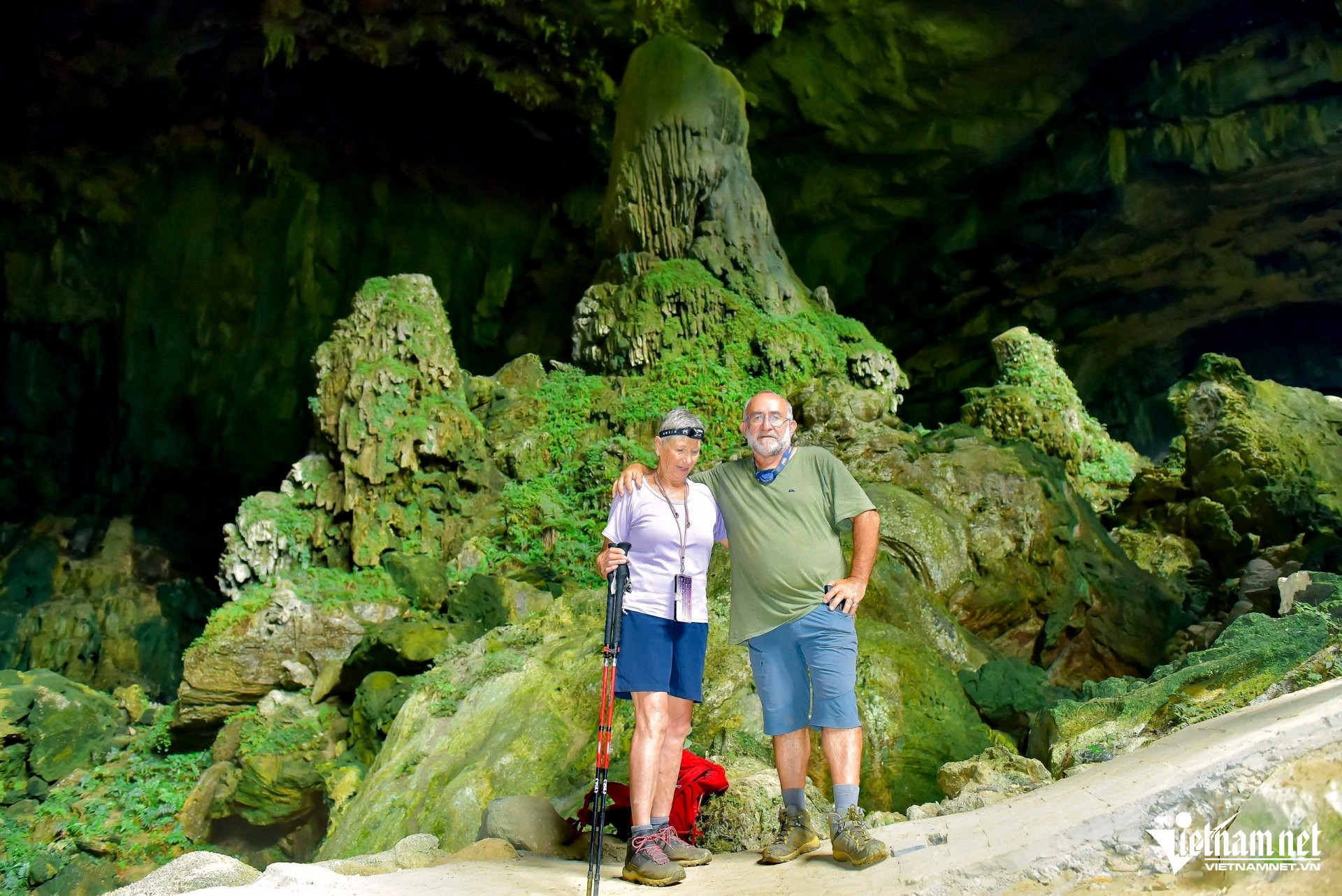
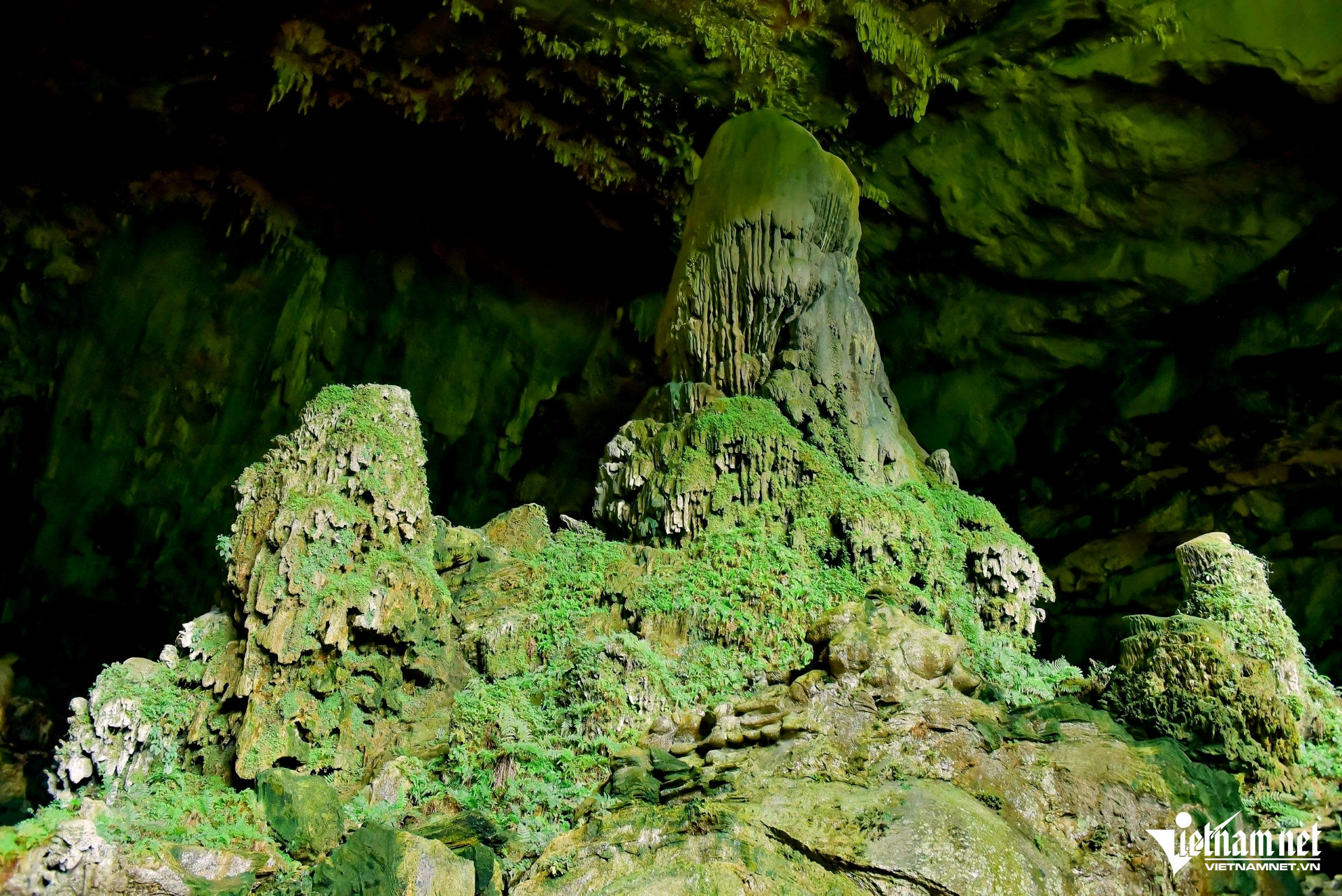
Le Duong